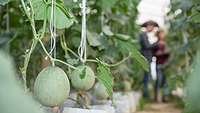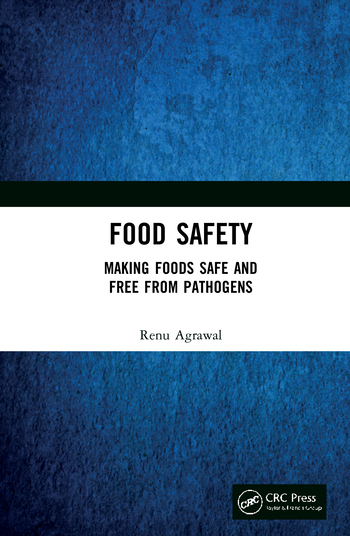Study Examines Public Health Burden of Salmonella Outbreaks Linked to Cantaloupe

Image credit: PublicDomainImages via Pixabay
Researchers from the Canadian Food Inspection Agency (CFIA) and Health Canada recently conducted an analysis of Salmonella outbreaks linked to cantaloupes, and identified contributing factors to more severe outbreaks.
The researchers sought data for melon-associated salmonellosis outbreaks occurring between 1954 and 2025 in the U.S., Canada, Europe, and Australia, finding a total of 60 outbreaks. Additionally, the researchers identified 40 Salmonella outbreaks linked to cantaloupe that occurred after 1993, with the majority in the U.S. (88 percent). Of the four melon types linked to foodborne illness outbreaks (cantaloupe, honeydew melon, watermelon, and Galia melon), cantaloupes were the most frequently implicated as the vehicle of transmission (in 67 percent of outbreaks).
The researchers noted that cantaloupe outbreaks tended to be more frequent, widespread, larger, and have more cases of severe illness than outbreaks associated with other melon types. Compared to other melons, contaminated cantaloupe was associated with the greatest public health burden, accounting for 43 percent of melon-associated Salmonella outbreaks, 51 percent of reported cases, 54 percent of hospitalizations, and 76 percent of deaths.
The rough, netted, hard-to-clean rind of cantaloupe is widely believed to be the reason why the melon is much more frequently associated with foodborne illness than smooth-skinned produce, according to the study's authors. Ensuring microbially safe cantaloupe has been a longstanding challenge for industry.
Narrative summaries of the outbreaks suggested that consumption of cantaloupes in public settings, as well as the consumption of pre-cut cantaloupe, are factors associated with larger salmonellosis outbreaks. The researchers believe this is due to the worsening of cross-contamination in public settings and in pre-cut fruit facilities handling multiple fruits from different sources.
Additionally, an analysis of data for imported versus domestic melons showed an increased public health burden associated with imported melons and the Salmonella serovars they carried. The researchers found that serovars exclusively linked to imported melons were associated with twice the number of cases per outbreak compared to melons from domestic sources. This might be explained by the broader distribution and potentially higher levels of contamination resulting from longer supply chains. Imported melons were also seen to carry Salmonella serotypes considered “not common” or “rare” in the countries they were imported into, compared to domestically grown melons more often linked to outbreaks of “common” serovars.
Looking for a reprint of this article?
From high-res PDFs to custom plaques, order your copy today!










